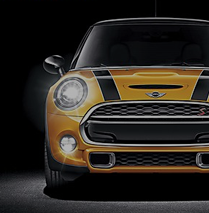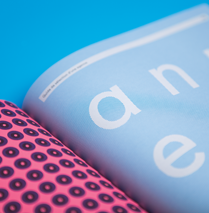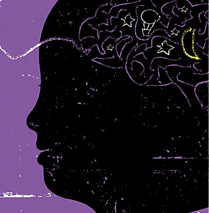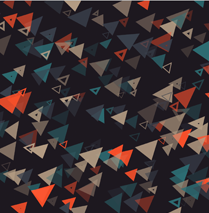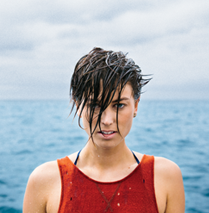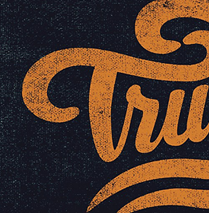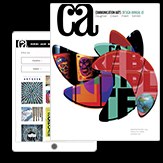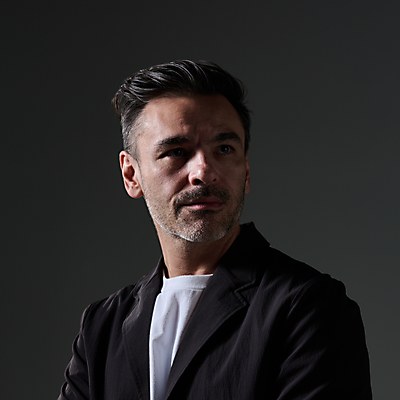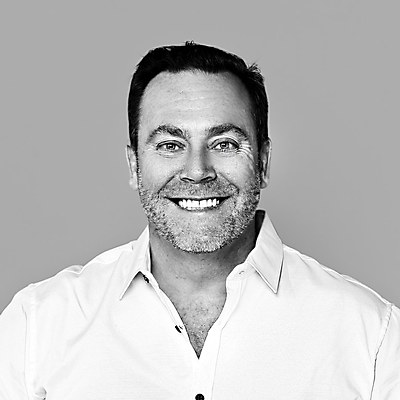I’ve never been sure what to make of the Big Bang.
It makes sense, of course. Everything had to start somewhere, including the universe. So, it’s understandable that, at some point, we’d go so far back that there was nothing. Until suddenly, an infinitesimal particle of energy decided to blow its top, giving birth to every star and planet and asteroid that ever was or ever will be.
Perfectly reasonable explanation.
For me, though, there’s always been one thing that’s kept me from getting all the way on the train: What was there before the bang? Where did the particle come from? But that’s another mind bender for another day.
What really intrigues me is the point when human creativity had its own Big Bang moment. Where did it begin? Before Mona Lisa. Before Bob Dylan. Before Stephen King. Before Mozart. Before Kubrick and Disney and Wilbur and Orville.
While no one can say for sure, I think 2001: A Space Odyssey got it exactly right. There he was: Early hominid. Out there in the burning sun. Doing what early hominids do. Picking bugs from his fur. Wiping snot from his nose. Grunting. Mumbling. And looking down at the bleached white bones from some long-dead creature.
He has done this a million times before: The bugs. The snot. The bones. But today will be different. Today, he will look down at those same bones and will see something else. Something no other creature has ever seen.
For some inexplicable reason, a lone neuron will fire a moment too soon. And in that solitary moment, where before there was a bone, there is now a tool. A killing machine.
What are we to make of this?
Think of it.
For every breathtaking painting to flow from the genius of Francisco de Goya, no less a brilliant moment to imagination rose up from the broken mind of Torquemada during the Spanish Inquisition. The rack. The iron maiden. The pendulum. On one side, all that is majestic and beautiful. On the other, the bleakest depths of our humanity. Two sides of the same creativity coin.
It’s unsettling to think of creativity this way, of course. But the truth of it is inescapable. There is no good creativity without bad creativity.
Handel’s Messiah and the atomic bomb. “Sound of Silence” and land mines. Mona Lisa and mustard gas. Gershwin and thalidomide.
By now, we all know Robert Oppenheimer’s reaction when he realized the horror he had helped usher into the world: “Now I am become death, the destroyer of worlds.”
Now we find ourselves at the beginning of the AI age and whatever new nightmares might be in store for us. Might. Despite what both sides believe, both the evangelists and the doomsayers, it’s far too early to know the full extent of AI’s ultimate impact on our lives, for better or for worse.
It all could have gone differently, I suppose.
Maybe if that seminal moment had never happened. Maybe if that neuron hadn’t fired when it did. Maybe if that early hominid hadn’t been bored stiff picking bugs out of his fur. Maybe history would have unfolded in entirely different ways.
Would we have been forced to rely more on cooperation and collective strategies for hunting and defense?
Would complex social structures and communication skills have been accelerated?
Would we have intensified our focus on other types of tools?
Instead of killing other species for food, would we have figured out how to domesticate them?
Would we have been encouraged to rely more on recognizing and utilizing our natural environment for safety, instead of spears, catapults and drones?
Would we have learned to cooperate as a society, focusing on sharing and collaboration as essential survival strategies?
We can wonder. We can speculate. But in the end, more likely than not, our creative fate will insinuate itself, just as it did in that fateful moment when we saw the possibility in the bone.
This journey of creativity, which began millions of years ago with our early ancestors, continues to shape our world today. It underscores the profound impact of human creativity on our species’ ability to adapt, thrive, and create a vibrant tapestry of culture and innovation.
As we reflect on this “Big Bang” moment of creativity, we are reminded of the enduring legacy of human imagination and the boundless potential it holds for our future. ca


